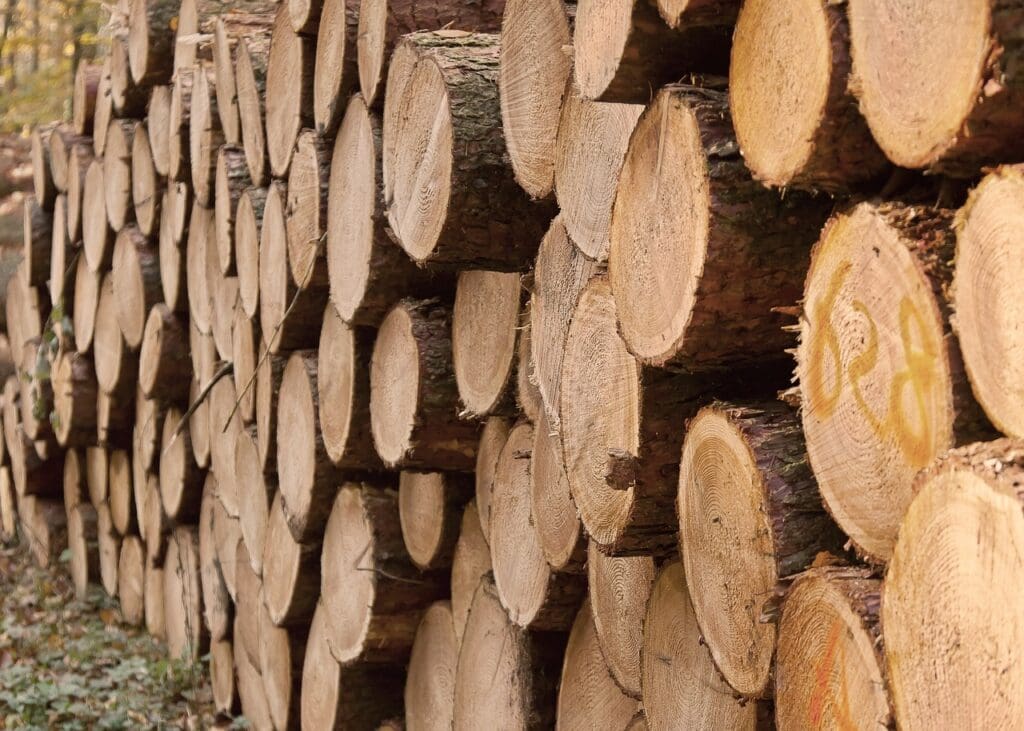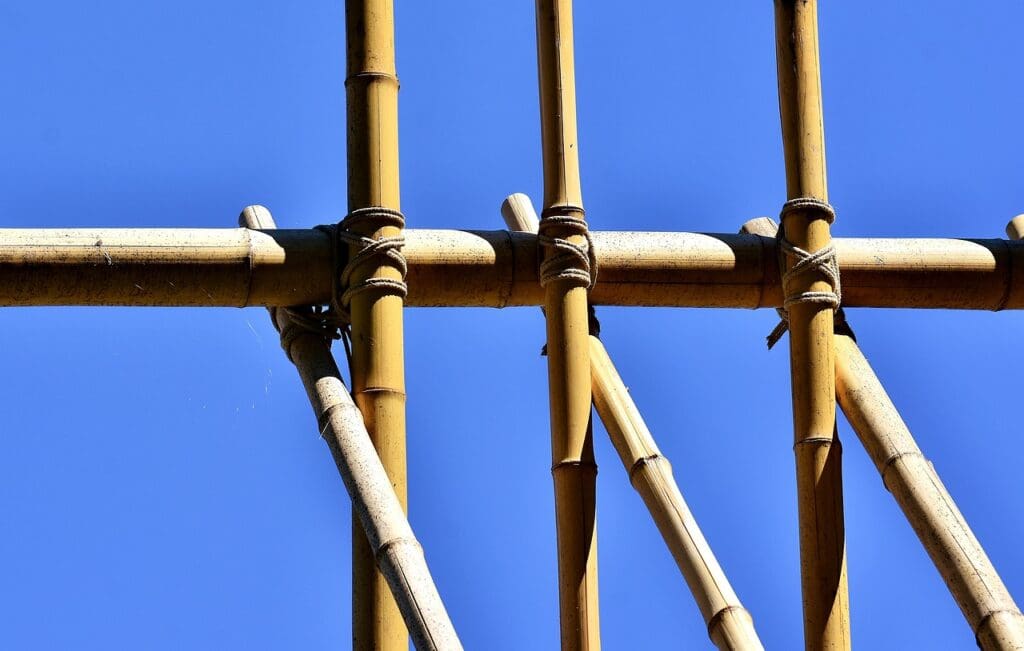Bamboo Vs. Traditional Timber: Comparison of Environmental Impact
Bamboo and traditional timber are two commonly used materials in construction and various other industries. Understanding their environmental impact is crucial in making informed decisions regarding their usage. In this article, we will explore the key differences between bamboo and traditional timber, focusing on their carbon footprints, sustainable harvesting practices, and long-term implications.
Key Takeaways
- Bamboo has a rapid growth rate compared to traditional timber and can be harvested in just a few years.
- Bamboo releases 35% more oxygen into the atmosphere compared to trees and requires significantly less water during cultivation.
- Bamboo’s root system helps prevent soil erosion, and its higher strength-to-weight ratio makes it a versatile and durable alternative to timber.
- Bamboo has a lower carbon footprint, sequesters more carbon dioxide, and using it instead of traditional timber helps reduce carbon emissions.
The Environmental Benefits of Bamboo
Bamboo is widely recognized as one of the most eco-friendly alternatives in construction. Its rapid growth rate is a significant advantage over traditional timber. While traditional timber takes decades to reach maturity, bamboo reaches maturity in just three to five years. This means that bamboo can be harvested more sustainably without depleting forests.
Furthermore, bamboo has a remarkable ability to release 35% more oxygen into the atmosphere compared to trees. This makes bamboo an excellent carbon dioxide absorber, contributing to cleaner air. Additionally, bamboo requires significantly less water during cultivation compared to traditional timber. Its natural pest-resistant properties also reduce the need for harmful pesticides, promoting a healthier environment.
Another notable benefit of bamboo is its root system, which helps prevent soil erosion. This makes bamboo an ideal choice for areas prone to landslides, ensuring the stability of the soil.
Deforestation and Traditional Timber
Opting for traditional timber can have negative consequences for the environment, particularly concerning deforestation. The timber industry is a significant driver of deforestation worldwide, leading to the loss of valuable forest ecosystems. Here are some key points to consider:
- Increased carbon emissions: Deforestation releases large amounts of carbon dioxide into the atmosphere, contributing to climate change.
- Loss of biodiversity: Clearing forests for timber production disrupts ecosystems and leads to the loss of plant and animal species.
- Soil erosion: Deforestation removes the protective cover of trees, leaving the soil vulnerable to erosion, landslides, and decreased fertility.
- Water cycle disruption: Forests play a crucial role in regulating the water cycle, and their removal can disrupt rainfall patterns and affect water availability.
- Indigenous communities: Deforestation often displaces indigenous communities who depend on forests for their livelihoods.
Considering these negative impacts, exploring alternatives like bamboo becomes crucial in mitigating the environmental consequences of traditional timber production.
Carbon Footprint Comparison: Bamboo Vs. Traditional Timber
To reduce your carbon footprint and promote sustainability, using bamboo instead of traditional timber is a wise choice. Sustainability concerns have led to an increased focus on renewable resources, and bamboo stands out as a prime example.
Bamboo’s rapid growth rate allows it to be harvested in just a few years, while traditional timber takes decades. This makes bamboo a more sustainable option for construction and other industries. Additionally, bamboo has a lower carbon footprint compared to traditional timber. Studies have shown that bamboo has the potential to sequester more carbon dioxide than other types of trees, making it an effective tool in combating climate change.
Moreover, bamboo possesses a higher strength-to-weight ratio, making it a versatile and durable alternative to timber. Its utilization can lead to reduced material usage, which further contributes to environmental sustainability.
Sustainable Harvesting Practices: Bamboo and Traditional Timber
Adopting sustainable harvesting practices is vital for both bamboo and traditional timber to ensure the long-term viability of these resources. Sustainable sourcing of bamboo and timber helps maintain ecological balance and mitigates environmental degradation. Here are five reasons why sustainable harvesting practices are crucial:
- Conserves biodiversity: Sustainable harvesting methods protect various species’ habitats, ensuring the preservation of biodiversity.
- Reduces deforestation: Sustainable sourcing practices minimize deforestation by promoting responsible logging and replanting initiatives.
- Mitigates climate change: Sustainable timber harvesting helps sequester carbon dioxide and reduces greenhouse gas emissions, contributing to climate change mitigation.
- Supports local communities: Sustainable sourcing provides opportunities for local communities to engage in responsible forestry practices, creating livelihoods and supporting sustainable development.
- Promotes resource conservation: Sustainable harvesting practices ensure that bamboo and timber can be replenished, preserving these valuable resources for future generations.
It is essential to prioritize sustainable practices to safeguard our environment and maintain the availability of these resources.
Long-Term Implications: Bamboo and Traditional Timber
The long-term implications of sustainable harvesting practices for bamboo and traditional timber are significant. As the world becomes more conscious of environmental issues, there is an increasing demand for eco-friendly alternatives to traditional timber. Bamboo, with its fast growth rate and renewable nature, has gained popularity as a sustainable option.

The shift towards bamboo not only has positive environmental impacts but also contributes to economic sustainability. The rising consumer demand for sustainable products has led to a growth in the bamboo industry, creating job opportunities and stimulating local economies in bamboo-producing regions. In contrast, traditional timber harvesting practices often result in deforestation and habitat destruction, leading to long-term negative consequences.
By embracing sustainable practices and meeting consumer demand for eco-friendly alternatives, the bamboo industry can contribute to a more economically and environmentally sustainable future.
Conclusion
In conclusion, when considering the environmental impact, bamboo proves to be a superior choice compared to traditional timber. The environmental benefits of bamboo, such as its rapid growth rate and ability to sequester carbon dioxide, make it a more sustainable option. Additionally, bamboo does not contribute to deforestation, unlike traditional timber.
Bamboo’s lower carbon footprint and higher strength-to-weight ratio make it an environmentally friendly and versatile alternative. By adopting sustainable harvesting practices, bamboo ensures long-term benefits for our planet.
Choosing bamboo over traditional timber can have a positive and lasting impact on the environment. It is essential to continue promoting sustainable practices and raising awareness about the benefits of bamboo as a renewable and eco-friendly resource.
By making conscious choices and supporting sustainable alternatives like bamboo, we can contribute to a greener and more sustainable world.

